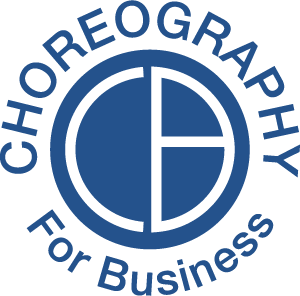Suit or no suit?
Clothing has long been a way that we, as humans in society, express ourselves. Clothing can make us feel confident, attractive, strong; it can also make us feel awkward, uncomfortable and out of place.
Receiving advice on how to dress in the workplace can often come with conflicting messages: ‘Dress for the job you want, not the job you have’ or ‘Just be yourself!’. These contradictory statements are neither helpful, nor consistent.
Recently, an article came out that claimed that ‘the power suit has lost its power’. While a good read, the author leaves out a key element to consider in this equation: the importance of historical and client context in each professional setting.
Let’s run through a couple of examples.
The legal profession. For years, this industry has been one of crisp and articulate rhetoric, black and white facts and upholding of rules and laws. Within this framework, well-tailored suits (for both men and for women) are the standard.
Think also of the clients coming to seek representation from a lawyer. These clients are showing up and paying top dollar for an educated and trained lawyer. They want to be met with the assurance of full confidence, established authority, deep knowledge and swift application of the full breadth of the law. Try expressing this in t-shirt and slacks.
On the other end of the spectrum, we have the disruptive tech industry. This industry stands for uprooting the status quo, doing away with bureaucratic norms and making way for quick, easy and cheap efficiency for the user. That sounds like something one might express through a cheeky t-shirt, jeans and an expensive pair of running shoes. (In case you need to go for a jogging meeting for efficiency purposes).
In recent Democratic debates, everyone is wearing a suit – even Andrew Yang (minus a tie). It is interesting to note that his expression of representing disruption did not so fully outweigh his understanding of the position he is interviewing for, and the expectations of many Americans.
Now, I am not defending suits as a golden standard to which all professionals should adhere to. In fact, I think the suit industry itself could be more effectively disrupted to replace constrictive, uncomfortable and immovable suits with flexible, sweat-resistant and comfortable fabrics.
And as a matter of fact, in my former professional experience as a ballet dancer, we walked around in leotard and tights or shorts – no dancer would ever consider wearing a suit to work.
Regardless, what you wear to work matters and the historical and client context are two things you should be crystal clear about before heading in to work on your first day, or any day thereafter. If you are meeting with someone as a professional connection, consider what their industry is and opt for something that can represent your perspective, while respecting theirs as well.
If this sounds like a landmine to traverse, please reach out, I am happy to help.

